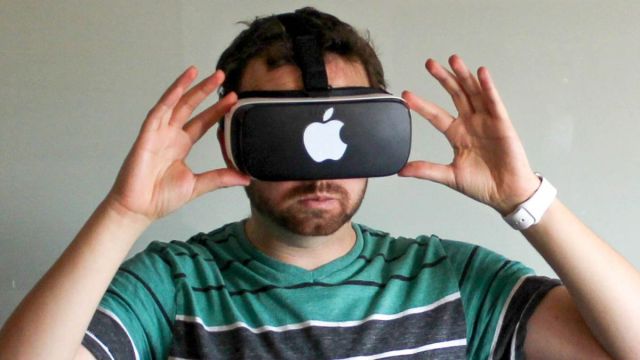If the internet made the world smaller, VR will make you omnipresent, to some degree. If you want a close encounter with great white sharks, a stroll through the amazon forests, or perhaps a side-by-side dinner with your long distance partner thousands of miles away, it’s all possible with virtual reality.
This tech is actually not just being invented today; it is simply being revived from the attempts of Sega and Nintendo in the 90’s. It did not kick off by then because the hardware and the content are not good enough.
Fast forward to 2012 where a company known as Oculus created the Rift headset. They had the right tech at the right time, and the people have been watching them closely through the course of their development. Facebook acquired the company with a highly-reacted-upon buyout to the tune of $2 Billion.
From there, giants in the industry followed suit and have been spawning their own takes at VR with different devices that have different selling points. Which ones are currently making the most noise?

Of course, the first angel to sound the trumpets is first on the list. Oculus is currently poised to become the most high-powered among its VR peers. It’s highly advanced tech as well as accompanying immersive software makes it the best choice, if not for its slightly inaccessible price and demanding PC requirements. Still, if you’re willing to shell out $699 for a unit or around $1,500 for a full package of the VR unit, Rift-ready PC, and all accessories, then it may very well be worth it.
Samsung Gear VR

A much more affordable (not the MOST though) alternative would be Samsung’s Gear VR headset made in collaboration with Oculus. This headset does not have its own processors and instead uses your latest Galaxy Note 5, S6, and newer to give you the experience. It has features like a 96 degree field of view, in-unit controls, and a wide library of content. For $99, there won’t be any complaints.
If you’re into making VR content of your own, it’s possible with Samsung’s New Gear 360 Camera that shoot 360⁰ videos.
HTC Vive

From another phone-making company, HTC, in partnership with the PC gamer’s haven “Steam”, comes the HTC Vive. It’s possibly the headset with the most bizarre looks to date, with ‘dimples’ symmetrically placed in each side. Fortunately, it does make the Vive stand out without being actually ugly. The Vive has its front-facing camera and 360 degree motion tracking so you can explore different places in the comfort of your own room. You can get your hands on this headset for $799.
Google’s VR Headset

A lot maybe more familiar with the extremely cheap and DIY Google Cardboard, which is this giant’s first foray in the VR space. For a few bucks, you’ll get a cardboard and some lenses which you will assemble on your own. This low-cost option arguably had a lot of people interested in virtual reality. People might be thinking, “if VR could be fun with just a piece of cardboard and some lenses, then how fun would it be to try out a real, high-tech device?”
Recent rumors have surfaced however, that Google is developing another product that is competing with the likes of the Rift, but not needing a separate unit to power it up. This would definitely be a breakthrough in the industry since having extra mobility and not needing to buy another unit aside from the VR headset are very good selling points for consumers.
Apple’s VR Headset

Not to be outdone, the Cupertino Tech giant is also rumored to be crafting its own VR headset. Hinted by Apple’s acquisition of different VR tech companies, patent filings, and vague interview answers from its CEO Tim Cook, an Apple-branded virtual reality tech could be in the works, albeit just in the earliest stages of development.
LG’s 360 VR

Another relatively new tech to add to the list is LG’s 360 headset which is noticeably lighter than other offerings in the market because of its unique set up. Instead of loading a phone into the headset itself a-la Samsung Gear VR, or hooking it up to a powerful PC as the Oculus Rift does, you will connect your phone to the 360 VR with a USB-C cable.
This could potentially mean that you can use other phones together with the headset and is not exclusive to LG’s phones. There are still plenty of improvements to be made here, but it would be a worthy addition to the competition.
To Conclude
VR might be the hottest buzzword in the industry right now, and for good reason. It’s the closest we’ve gotten to being in The Matrix. The offer of extreme immersion, opening up a new dimension with which you can enjoy content, is just something that companies and consumers won’t be able to pass up.
Share this post if you are also excited with the future of Virtual Reality!

